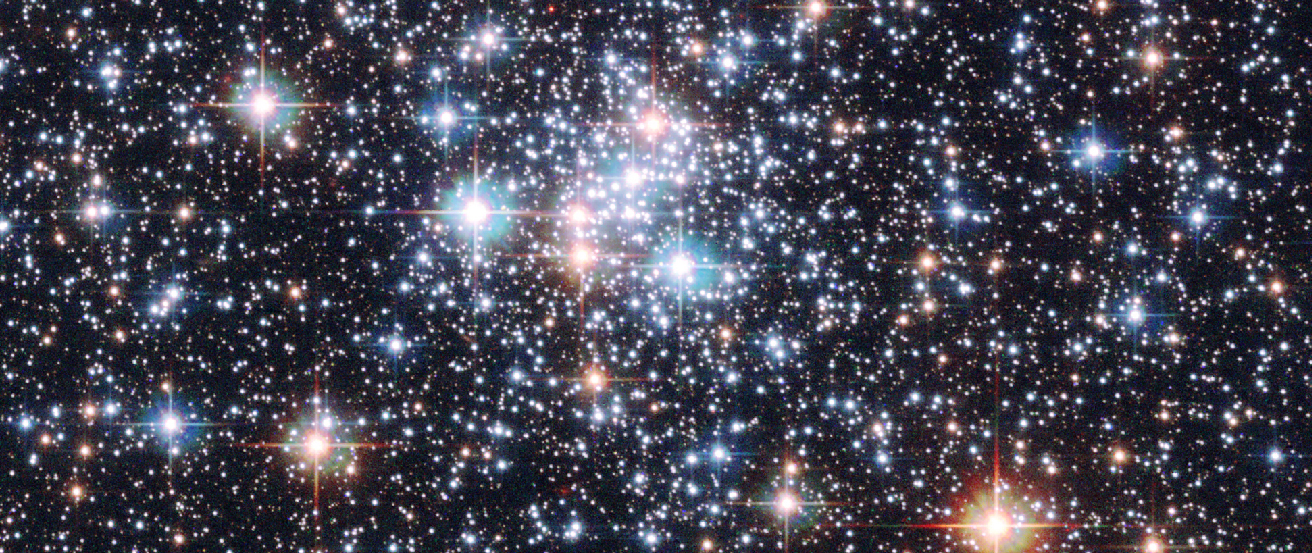Chapter 18 The Stars: A Celestial Census
18.0 Thinking Ahead

How do stars form? How long do they live? And how do they die? Stop and think how hard it is to answer these questions.
Stars live such a long time that nothing much can be gained from staring at one for a human lifetime. To discover how stars evolve from birth to death, it was necessary to measure the characteristics of many stars (to take a celestial census, in effect) and then determine which characteristics help us understand the stars’ life stories. Astronomers tried a variety of hypotheses about stars until they came up with the right approach to understanding their development. But the key was first making a thorough census of the stars around us.

